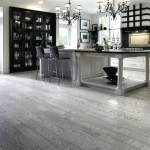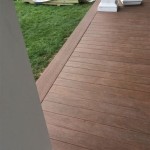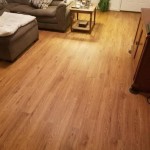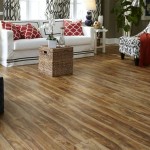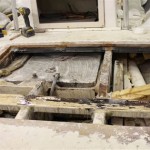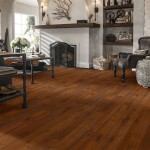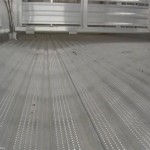Essential Aspects of Wood Tile Flooring Cost
Upgrading your home's flooring with wood tiles is an excellent way to enhance its aesthetic appeal and durability. However, determining the overall cost of wood tile flooring can be a complex process involving multiple factors. Here's a comprehensive guide to help you understand the key aspects that influence the cost of wood tile flooring:
Type of Wood: The type of wood used for the tiles significantly impacts their cost. Exotic hardwoods like Brazilian cherry or mahogany are more expensive than domestic options like oak or maple. The grain pattern, color, and finish of the wood can also affect the price.
Tile Size and Shape: Larger tiles are generally more expensive than smaller ones. Similarly, tiles with intricate shapes or patterns require more labor and materials, leading to higher costs. The shape of the tile also affects the number required to cover a given area, influencing the overall cost.
Installation Method: The method of installation plays a crucial role in determining the cost of wood tile flooring. Glue-down installation is the most common and cost-effective method, while floating and nail-down installations require more materials and labor, resulting in higher expenses.
Underlayment: Underlayment is a material placed beneath the wood tiles to provide support and soundproofing. Different types of underlayment vary in cost, with thicker and more advanced options being more expensive.
Labor Costs: The labor costs associated with installing wood tile flooring can vary depending on the region, complexity of the installation, and availability of skilled labor. Professional installation is recommended for optimal results, but it comes at a higher cost than DIY projects.
Additional Costs: Besides the materials and labor, there may be additional costs associated with wood tile flooring, such as removal and disposal of existing flooring, repair or leveling of the subfloor, and protective sealants or finishes.
Estimating Cost: To estimate the cost of wood tile flooring, consider the square footage of the area to be covered, the type of wood and tile size desired, the installation method, underlayment requirements, labor costs, and any additional expenses. It's advisable to obtain quotes from multiple contractors to compare prices and ensure fair pricing.
Cost Range: The cost of wood tile flooring can vary widely depending on the factors discussed above. In general, you can expect to pay between $5 and $20 per square foot for materials and installation. Exotic woods and complex installations can increase the cost significantly.
By understanding the essential aspects that influence the cost of wood tile flooring, you can make informed decisions when budgeting for your home improvement project. Careful planning and consideration of your preferences and financial constraints will help you achieve a beautiful and durable wood tile floor that enhances your home's style and value.

Wood Look Tile Vs Which Flooring Is Better Pros And Cons

Wood Look Tile Flooring Styles Installation Costs

How To Choose The Right Wooden Flooring Cost Maintenance Lifespan

How Much Does Flooring Installation Cost 2024 Guide

Wood Look Tile Pros And Cons Cost Best Brands 2024 Review

Move Over Hardwood Porcelain Wood Look Tile Is In House

Natural Looking Wooden Floor Wall Tiles At Best Orientbell

Daltile Baker Wood 6 In X 24 Walnut Glazed Porcelain Floor And Wall Tile 14 55 Sq Ft Case Bk10624hd1pr The Home Depot

Tile Vs Wood Flooring Major Differences Pros Cons And Costs Forbes Home

Good Quality 150x900 Wood Tile Flooring Cost For Floor China Wall Made In Com
Related Posts

